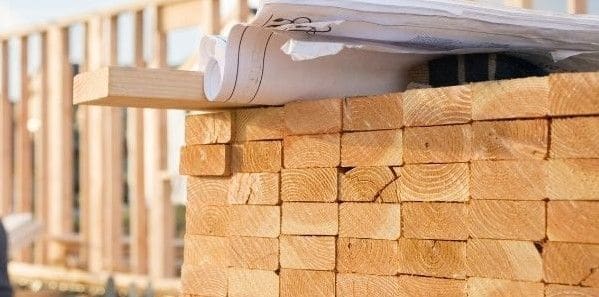How to Fight Escalating Material Costs – By Dave Bryan

The essential skill of value engineering
Lumber continues to be a huge issue in remodeling and new construction alike. As we write this in May 2021, costs for lumber and plywood are three times what they were a year ago. That’s right—they’ve tripled. It’s insane.
They might go even higher. An April 14 Business Insider article predicted a further 12% rise this year. Timber companies got way behind during the COVID shutdowns and, thanks to record demand for new homes and for home improvement projects, have yet to catch up.
In this environment, estimating the cost of a job can feel like predicting next week’s grocery bill in Venezuelan dollars. Lumber dealers that have always guaranteed pricing for 30 days or more have now cut guarantees to 7 days.
This uncertainty can feel discouraging to homeowners. But while the news media seems on a mission to amplify that discouragement, the fact is that good planning will ease the pain.
A professional remodeler is a powerful ally in this effort. Remember that, unless you’re building a deck or framing a big addition, lumber is a smaller percentage of the overall budget than with a new home. That means the remodeler can work to offset lumber price increases by looking for creative ways to reduce overall costs while still giving you the result you want.
It’s called value engineering—a fancy term for carefully planning every part of the job to optimize the return on every dollar. But while the concept is simple, execution takes real know-how.
This is one of those skills that separates the real pro from the merely competent remodeler. The pro knows that value engineering isn’t cost-cutting per se. Rather, it’s a creative approach to meeting homeowner priorities.
The remodeler will study the plans and specs (or the project concept, if plans haven’t been drawn), analyze the existing home, and then suggest ways to reduce cost while maintaining quality.
This may not be what you think. For instance, solid wood cabinets will cost more than wood veneer, but those kinds of obvious substitutions aren’t what we’re talking about (unless of course you want them).
Real value engineering is more subtle. It usually consists of lots of small adjustments that only minimally impact the home\’s look and feel.
How does the remodeler know where to make those adjustments?
By asking the right questions in the right way, identifying patterns in the answers, and reading between the lines. Solutions can then be tailored to the homeowners’ priorities.
- If they care more about the usability of their new deck than about making a statement, they might be OK with a simpler design.
- If they want luxury in the new master suite but take a utilitarian view of their new kitchen, they might be open to more basic kitchen fixtures or appliances.
- With a big addition, sometimes a different roof design can save money without reducing interior living spaces.
There are many more examples. The trick is in knowing which simpler, more-affordable materials and designs deliver the needed performance, aesthetic and warranty features.
Remember also that great remodelers have streamlined work processes. They get jobs done more efficiently, so you get more for your money regardless of material costs.
The bottom line is that while lumber has been getting a lot of press, it’s just part of the equation. Good value engineering can offset crazy price trends by looking at the project as a whole. The ability to do this well is a hallmark of a professional remodeler.
Dave Bryan, CGR, CAPS
Black Dog
Design/Build/Remodel


